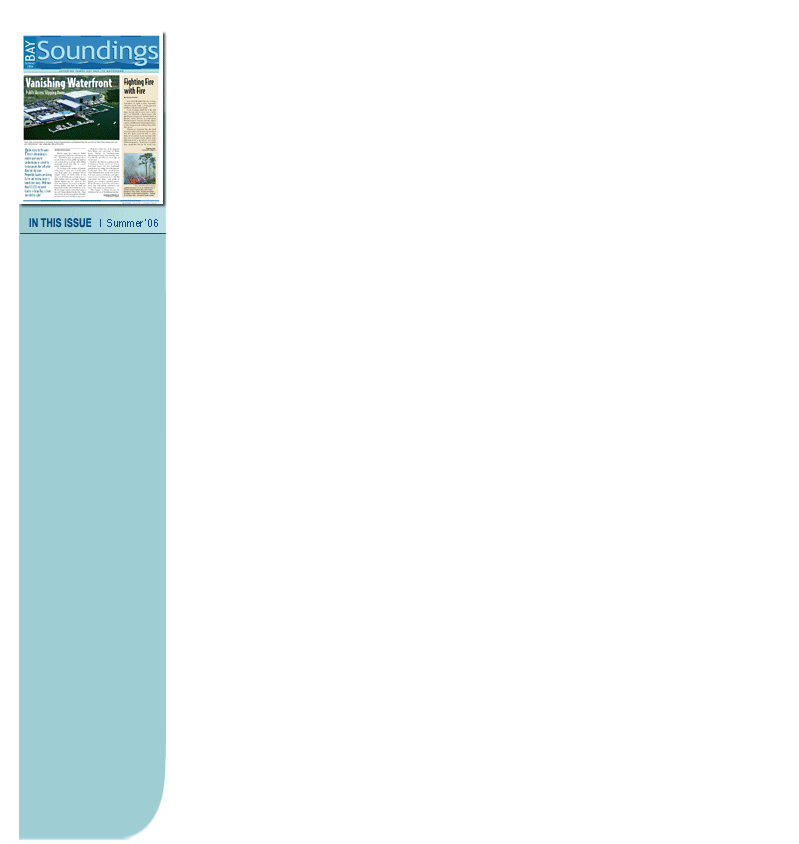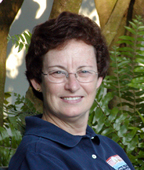

 |
||||||
 |
||||||
Last Child in the Woods by Richard Louv
Book Review
 |
|
Suzanne Cooper |
It’s coincidental that this book came to my attention at the same time we were planning the Summer 2006 issue of Bay Soundings – with a story on the future of environmental education -- but it proves that many people share the same concern. Last Child in the Woods is a must read for parents, teachers, and all those interested in the closely linked future of our children, our society and our environment.
The book’s subtitle - “Saving Our Children from Nature-Deficit Disorder” - sums up its thrust. Well-intentioned adults have “protected” kids to the point that most don’t even want to play outside. Today’s youth lead very structured lives - tightly managed to minimize free (considered unproductive) time. Deed restrictions, city ordinances, and liability issues have all but killed their ability to explore their surroundings. Television, the internet, and zoos are the closest most get to nature these days. No wonder our kids know more about the Amazon rain forest than the Tampa Bay estuary!
 |
This is a far cry from how most baby-boomers grew up. We spent lots of time outdoors riding bikes, catching frogs, climbing trees, and in other “non-structured” play. It’s where I gained a love and respect for nature. As kids we knew our neighbors, exercised without thinking about it, and found delight in simple things. Louv and others describe building tree houses as a child -- unheard of today -- as one of their fondest memories. Those experiences are what led many to support the environmental movement of the 1960s and 70s, and others to consider a career in the newly emerging environmental professions.
Louv calls “nature-deficit disorder” the human price we pay for alienating ourselves from nature Long-standing studies show a relationship between the absence or inaccessibility of parks and open space and high crime rates, depression and other urban maladies. He cites new studies suggesting that exposure to nature may reduce the symptoms of Attention Deficit Hyperactivity Disorder (ADHD). Gardening and pet therapy have long been accepted for their value in treating many conditions, from autism to high blood pressure. It makes sense that contact with nature is good for us!
So I suggest that you read this book, and venture outside with your child or grandchild, whether to explore a vacant lot down the street, the nearest local park with woods or waterfront, or one of our terrific county or state parks. Tease a few doodlebugs, study tree bark or look for tadpoles, and teach your child that nature is even more fascinating than video games. The benefits will last a lifetime.
- Doodlebug-fancier Suzanne Cooper is a senior planner with the Tampa Bay Regional Planning Council and staff to its Agency on Bay Management.